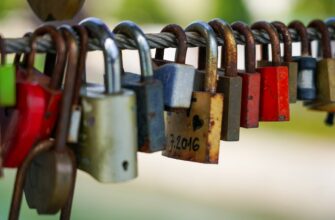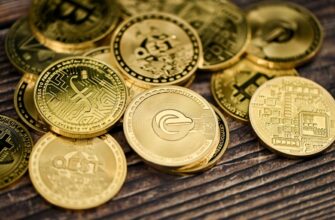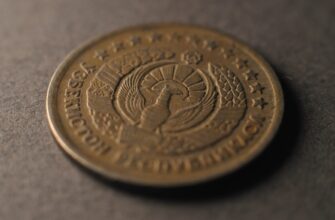## Why Crypto Wallet Security Can’t Be Ignored
Losing access to your cryptocurrency isn’t like misplacing a bank card—it’s often irreversible. With over $3.8 billion stolen from crypto wallets in 2022 alone (Chainalysis), proper storage isn’t optional—it’s critical. This guide delivers actionable best practices to bulletproof your digital assets against hackers, hardware failures, and human error.
## Understanding Crypto Wallet Storage Fundamentals
Cryptocurrency wallets store private keys—not coins. These cryptographic keys prove ownership of assets on the blockchain. Storage methods fall into two categories:
– **Hot Wallets**: Internet-connected (software, mobile, exchange wallets)
– **Cold Wallets**: Offline storage (hardware devices, paper wallets)
Cold wallets are inherently more secure but require deliberate setup. The “best” storage combines both for layered security.
## 7 Non-Negotiable Crypto Storage Best Practices
### 1. Use Hardware Wallets for Bulk Holdings
Ledger or Trezor devices keep private keys offline. Treat these like physical gold:
– Purchase directly from manufacturers
– Never share recovery phrases digitally
– Store in fireproof safes
### 2. Implement Multi-Signature Protection
Require 2-3 private keys to authorize transactions. Ideal for:
– Business treasuries
– Inheritance planning
– High-value personal holdings
### 3. Master Seed Phrase Security
Your 12-24 word recovery phrase is the ultimate backup:
– **DO**: Engrave on metal plates
– **DO NOT**: Store digitally or in cloud notes
– **TEST**: Verify recovery on empty wallet first
### 4. Enable Multi-Factor Authentication (MFA)
For all exchange and hot wallets:
– Use authenticator apps (Google/Microsoft Authenticator)
– Avoid SMS-based 2FA (vulnerable to SIM swaps)
### 5. Practice Transaction Hygiene
– Whitelist withdrawal addresses
– Verify recipient addresses character-by-character
– Use dedicated devices for crypto transactions
### 6. Regular Security Audits
Every 90 days:
– Check wallet software updates
– Review transaction history
– Confirm backup accessibility
### 7. Diversify Storage Locations
Never keep all assets in one place:
– 80% in cold storage
– 15% in secure hot wallets
– 5% on exchanges for trading
## Step-by-Step Wallet Setup Protocol
Follow this sequence for ironclad security:
1. Buy hardware wallet from official site
2. Generate seed phrase offline
3. Store phrase on 2+ metal backups in separate locations
4. Set strong PIN (8+ digits, no patterns)
5. Enable passphrase feature (25th word)
6. Send test transaction
7. Verify recovery process
## Critical Mistakes That Invite Disaster
Avoid these fatal errors:
– **Screenshotting seed phrases**: Cloud sync = hacker access
– **Using public Wi-Fi for transactions**: Network snooping risks
– **Ignoring firmware updates**: Patches critical vulnerabilities
– **Reusing passwords**: Compromises multiple accounts
– **Disclosing holdings publicly**: Makes you a target
## Crypto Wallet Storage FAQ
### What’s the safest wallet for beginners?
Hardware wallets like Ledger Nano S Plus offer the best security-ease balance. Avoid storing large amounts on exchanges or mobile apps.
### How often should I update my wallet software?
Immediately when updates are released. Developers patch vulnerabilities continuously—delaying updates leaves you exposed.
### Can I recover crypto sent to a wrong address?
Almost never. Blockchain transactions are irreversible. Always verify addresses via QR codes and send test transactions first.
### Are paper wallets still safe?
Only if properly generated offline and physically secured. However, hardware wallets with passphrase protection offer superior durability and usability.
### Should I use custodial services?
Only for small, actively traded amounts. Non-custodial wallets give you full control—the core principle of cryptocurrency.
## Final Security Verdict
Your crypto’s safety hinges on controlling private keys offline while maintaining operational security. By layering hardware storage, multi-sig protocols, and disciplined backup practices, you create a fortress around your digital wealth. Remember: In blockchain, you are your own bank—security starts and ends with you.








